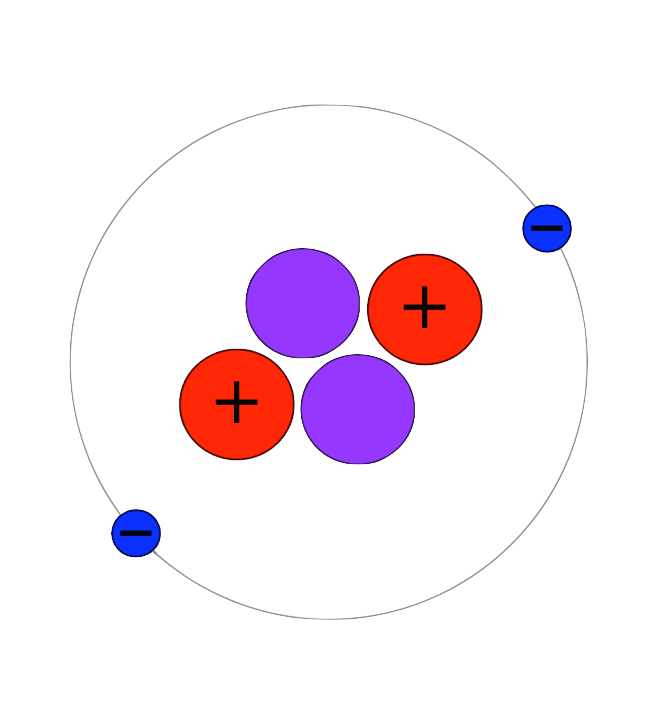Helium-3 3He and helium-4 4He are two isotopes of helium that appear in the Fleischmann's hypothesis and they have been targets of eager investigation from the beginning. Unfortunately, they have a peculiar property to escape easily through glass, which we usually use in experiments. Definition of helium-4 in the Definitions.net dictionary. Meaning of helium-4. What does helium-4 mean? Information and translations of helium-4 in the most comprehensive dictionary definitions resource on the web.
Author(s)
Abstract
The helium-4 working fluid in regenerative cryocoolers operating with the cold end near 4 K deviates considerably from an ideal gas. As a result, losses in the regenerator, given by the time-averaged enthalpy flux, are increased and are strong functions of the operating pressure and temperature. Helium-3, with its lower boiling point, behaves somewhat closer to an ideal gas in this low temperature range and can reduce the losses in 4 K regenerators. An analytical model is used to find the fluid properties that strongly influence the regenerator losses as well as the gross refrigeration power. The thermodynamic and transport properties of helium-3 were incorporated into the latest NIST regenerator numerical model, known as REGEN3.3, which was used to model regenerator performance with either helium-4 or helium-3. With this model we show how the use of helium-3 in place of helium-4 can improve the performance of 4 K regenerative cryocoolers. The effects of operating pressure, warm-end temperature, and frequency on regenerators with helium-4 and helium-3 are investigated and compared. The results are used to find optimum operating conditions. The frequency range investigated varies from 1 Hz to 30 Hz, with particular emphasis on higher frequencies.
Advances in Cryogenic Engineering
985
Journals

Download Paper
Keywords
Cryocoolers, cryogenics, Gifford-McMahon, helium-3, helium-4, numerical analysis, pulse tubes, real gas, refrigeration, regenerators, Stirling, theory

Helium 4359
Citation

